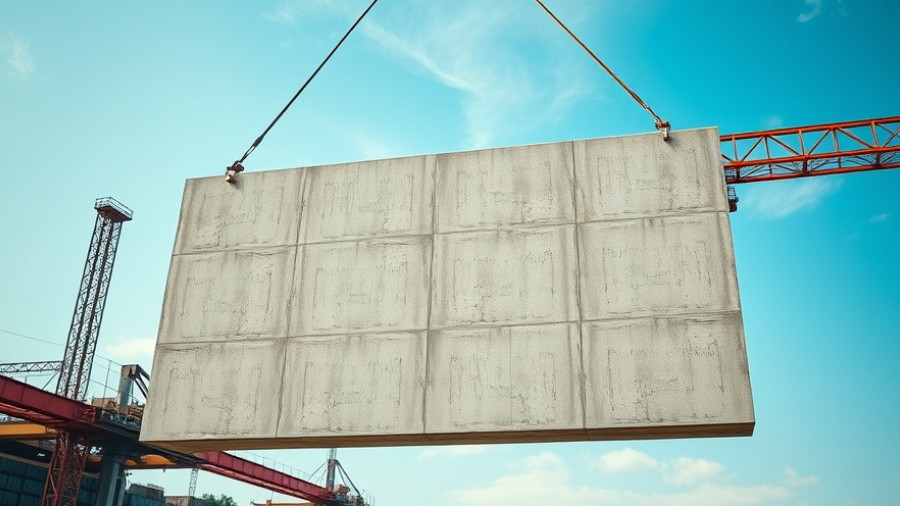
Revolutionizing Construction: The Future of Carbon-Storing Materials
Imagine a future where buildings actively contribute to solving climate change rather than exacerbating it. The Rotterdam-based startup Paebbl is pursuing that vision by transforming CO2 into valuable construction materials. This technological leap not only mitigates greenhouse gas emissions but also provides a sustainable approach to meet the relentless demand for concrete.
In 'What if Cement Production Could Store Carbon Instead of Emitting It?', the discussion dives into innovative technologies in cement production, exploring key insights that sparked deeper analysis on our end.
What Is Paebbl’s Approach?
Paebbl’s innovative process harnesses rock weathering chemistry to absorb CO2, effectively locking it away in solid form. Traditional cement production is notorious for contributing to 6-8% of global emissions, mainly due to the high-temperature burning of limestone. By contrast, Paebbl’s method combines rock minerals with captured CO2, producing a cementitious material without emitting excess CO2. While not a direct replacement for cement, Paebbl’s product holds similar properties and provides a promising alternative for the construction industry.
Scaling Innovations for Sustainability
Since its inception in 2020, Paebbl has dramatically increased its production capacity. From small-scale production of just two kilograms per day to aspirations of creating thousands of tons yearly, Paebbl demonstrates a promising shift toward large-scale sustainable construction. With a demonstration plant already operational, the next step involves establishing a full commercial scale facility. This transformation is crucial, given that global demand for concrete is set to surge.
Economic Viability: A Key to Adoption
For Paebbl’s innovations to penetrate the market fully, they must be economically competitive with traditional concrete. The looming reality is that as urbanization increases, so too will the demand for concrete. Paebbl aims to shift from a batch production method to continuous production, driving down costs and ultimately achieving parity with conventional cement products. This strategy is critical for widespread acceptance and market penetration.
Concluding Thoughts: A Carbon-Storing Construction Future
As the construction industry grapples with its environmental impact, Paebbl stands at the forefront of potential change. If successful, the transition from concrete as a CO2 emitter to a carbon sink could redefine our built environment and facilitate a more sustainable future. Interested readers should keep an eye on these developments, as every innovation brings us one step closer to a greener planet.
 Add Row
Add Row  Add
Add 




Write A Comment